Filter by
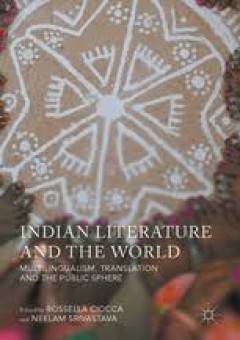
Indian literature and the world : multilingualism, translation, and the publi…
Moves beyond restrictive Anglocentric approaches Features contributions from a spectrum of academics, from early career researchers to key names in the fieldAddresses areas such as translation studies as well as postcolonial studies and world literature
- Edition
- -
- ISBN/ISSN
- 9781137545497
- Collation
- 288 p.; 23 cm.
- Series Title
- -
- Call Number
- 891.4
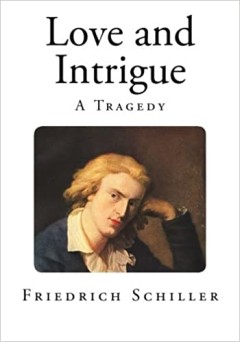
Love and Intrigue : a tragedy
"Schiller’s play Kabale und Liebe, usually translated into English as Love and Intrigue, represents the disastrous consequences that follow when social constraint, youthful passion, and ruthless scheming collide in a narrow setting. Written between 1782 and 1784, the play bears the marks of life at the court of the despotic Duke of Württemberg, from which Schiller had just fled, and of a fra…
- Edition
- -
- ISBN/ISSN
- 9781783747429
- Collation
- 130 p.; 23 cm.
- Series Title
- -
- Call Number
- 802.07 SCH l
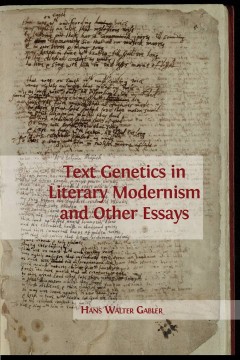
Text genetics in literary modernism and other essays
This collection of essays from world-renowned scholar Hans Walter Gabler contains writings from a decade and a half of retirement spent exploring textual criticism, genetic criticism, and literary criticism. In these sixteen stimulating contributions, he develops theories of textual criticism and editing that are inflected by our advance into the digital era; structurally analyses arts of compo…
- Edition
- -
- ISBN/ISSN
- 9781783743667
- Collation
- 410 p.; 23 cm.
- Series Title
- -
- Call Number
- 801.93 GAB t
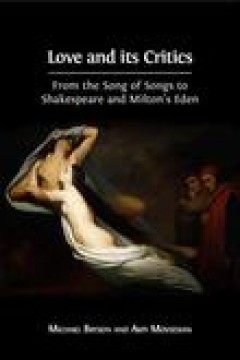
Love and its Critics from the song of songs to Shakespeare and Milton’s Eden
"This book is a history of love and the challenge love offers to the laws and customs of its times and places, as told through poetry from the Song of Songs to John Milton’s Paradise Lost. It is also an account of the critical reception afforded to such literature, and the ways in which criticism has attempted to stifle this challenge. Bryson and Movsesian argue that the poetry they explore c…
- Edition
- -
- ISBN/ISSN
- 9781783743506
- Collation
- 576 p.; 22 cm.
- Series Title
- -
- Call Number
- 801.93 BRY l

Poetics and politics
Far from teleological historiography, the pan-European perspective on Early Modern drama offered in this volume provides answers to why, how, where and when the given phenomena of theatre appear in history. Using theories of circulation and other concepts of exchange, transfer and movement, the authors analyze the development and differentiation of European secular and religious drama, within t…
- Edition
- -
- ISBN/ISSN
- 9783110536690
- Collation
- 280 p.; 22 cm.
- Series Title
- -
- Call Number
- 822 POE p
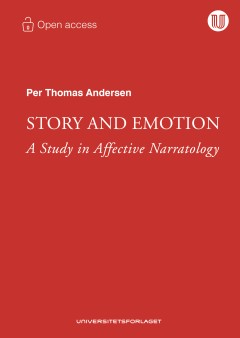
Story and emotion : a study in affective narratology
Per Thomas Andersen analyzes literary works by Kierkegaard, Dostoyevsky, Ibsen, Hamsun, J.P. Jacobsen, Schoenberg and Knausgaard. Based on perspectives from literary studies, philosophy, cognitive psychology, neurobiology and media studies, professor Andersen analyzes characters in the novels, temporal and spatial aspects of the narratives, sources of emotional impulses, and different ways in w…
- Edition
- -
- ISBN/ISSN
- 9788215028255
- Collation
- 186 p.; 22 cm.
- Series Title
- -
- Call Number
- 808.8 AND s
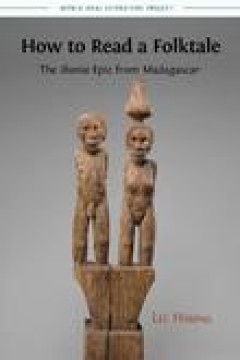
How to read a folktale
How to Read a Folktale offers the first English translation of Ibonia, a spellbinding tale of old Madagascar. Ibonia is a folktale on epic scale. Much of its plot sounds familiar: a powerful royal hero attempts to rescue his betrothed from an evil adversary and, after a series of tests and duels, he and his lover are joyfully united with a marriage that affirms the royal lineage. These fairytal…
- Edition
- -
- ISBN/ISSN
- 9781909254077
- Collation
- 163 p.; 22 cm
- Series Title
- World Oral Literature Series: Volume 4
- Call Number
- 398.2 HOW h
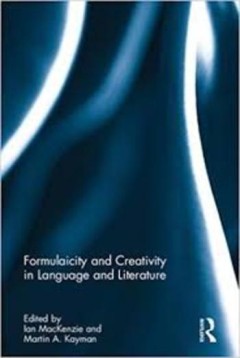
Formulaicity and creativity in language and literature
Formulaicity is pervasive in both spoken and written language. Speakers use a huge amount of prefabricated language including collocations, idioms, fixed and semi-fixed expressions, and verbal creativity often involves combining established word sequences rather than inventing wholly new ones. In literature, formulaicity was long disparaged as the opposite of creativity, and a hallmark of ‘ge…
- Edition
- -
- ISBN/ISSN
- -
- Collation
- 126 p.; 22 cm.
- Series Title
- -
- Call Number
- 807 FOR f
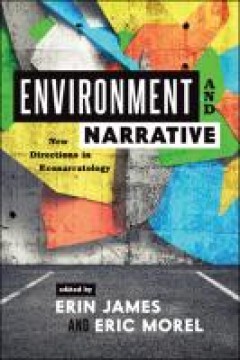
Environment and narrative : new essays in econarratology
Never before has a collection of original essays strived to create such constructive, shared discourse between ecocritical and narrative scholars as well as environmental humanities scholars interested in narrative. Erin James and Eric Morel’s volume Environment and Narrative: New Directions in Econarratology explores the complexity of pairing material environments and their representations w…
- Edition
- -
- ISBN/ISSN
- 9780814277546
- Collation
- -
- Series Title
- -
- Call Number
- 801.95 ENV e

First words
Dostoevsky attached introductions to his most challenging narratives, including Notes from the House of the Dead, Notes from Underground, The Devils, The Brothers Karamazov, and “A Gentle Creature.” Despite his clever attempts to call his readers’ attention to these introductions, they have been neglected as an object of study for over 150 years. That oversight is rectified in First Words…
- Edition
- -
- ISBN/ISSN
- 9781618116819
- Collation
- -
- Series Title
- -
- Call Number
- 801.95 BAG f
 Computer Science, Information & General Works
Computer Science, Information & General Works  Philosophy & Psychology
Philosophy & Psychology  Religion
Religion  Social Sciences
Social Sciences  Language
Language  Pure Science
Pure Science  Applied Sciences
Applied Sciences  Art & Recreation
Art & Recreation  Literature
Literature  History & Geography
History & Geography